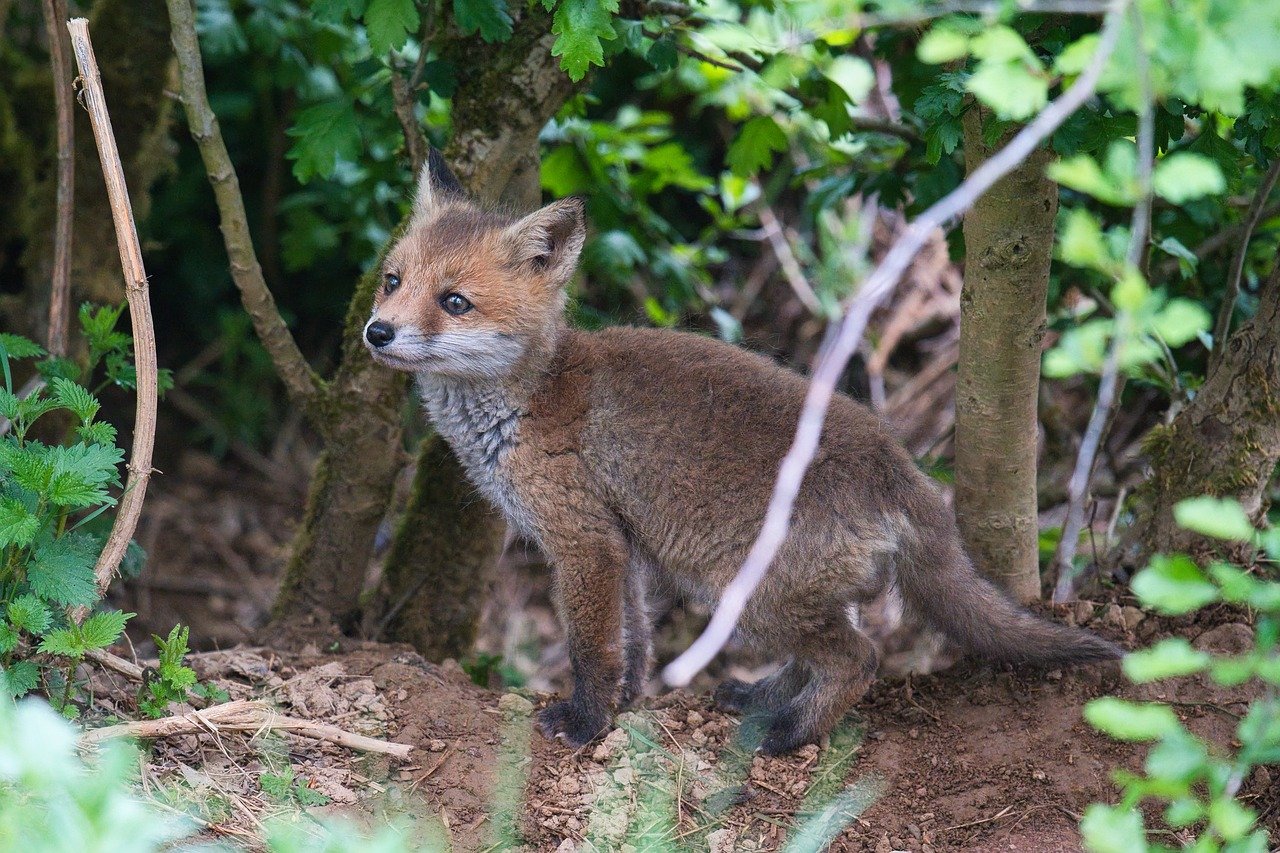Unraveling the Secret Lives of Urban Foxes: An Insight into Their Adaptation and Co-existence
Introduction: Urbanization has transformed wildlife habitats, and many animals have been forced to adapt or face extinction. One such species that has demonstrated remarkable adaptability is the urban fox. This article will delve into the fascinating world of urban foxes, highlighting their adaptive strategies, interactions with humans, and their impact on urban ecosystems.

The Arrival of Foxes in Urban Landscapes
Foxes have been part of folklore and fairy tales for centuries, often depicted as cunning and adaptable creatures. Their real-life counterparts, it seems, are no different. Urban foxes, primarily the red fox (Vulpes vulpes), have been spotted in cities across Europe and North America for several decades now. Historically, foxes were creatures of the countryside, but industrialization and urban expansion gradually pushed them into city landscapes.
Adaptive Strategies of Urban Foxes
Unlike their rural counterparts, urban foxes have learned to navigate cityscapes, demonstrating remarkable adaptive behaviors. They have altered their diets, feeding on food scraps discarded by humans, in addition to their natural prey. Urban foxes have also modified their sleeping patterns, becoming more nocturnal to avoid human interaction during the day. These changes reflect the foxes’ flexible behavior and high adaptability, essential for survival in changing environments.
Human-Fox Interactions in Urban Settings
The presence of foxes in urban settings has led to varied reactions from humans. Some view them as pests due to their scavenging habits and potential risk of transmitting diseases like rabies. Others perceive them as interesting additions to the urban fauna and symbols of wild nature within city boundaries. This differing perception impacts the management strategies implemented for urban fox populations in various cities.
Urban Foxes and Their Role in Ecosystems
As top predators in urban ecosystems, foxes play an essential role. They help control populations of rats and other rodents, contributing to a balanced urban ecosystem. On the downside, they are also known to prey on domestic pets and can cause significant distress among city-dwellers. Thus, their ecological role is a blend of benefits and challenges.
Future of Urban Foxes: Conservation or Control?
The future of urban foxes hangs in balance between conservation and control. While their adaptability is fascinating, it also raises concerns about urban biodiversity and public health. Some cities have initiated humane control measures, while others emphasize cohabitation strategies, focusing on educating the public about living alongside wildlife.
In conclusion, the story of urban foxes is a testament to nature’s resilience in the face of human-induced changes. As these creatures continue to thrive in our cities, they remind us of the intricate relationships between humans and wildlife in urban ecosystems. Their presence challenges us to find ways to coexist, ensuring the survival of diverse species in an increasingly urban world.




